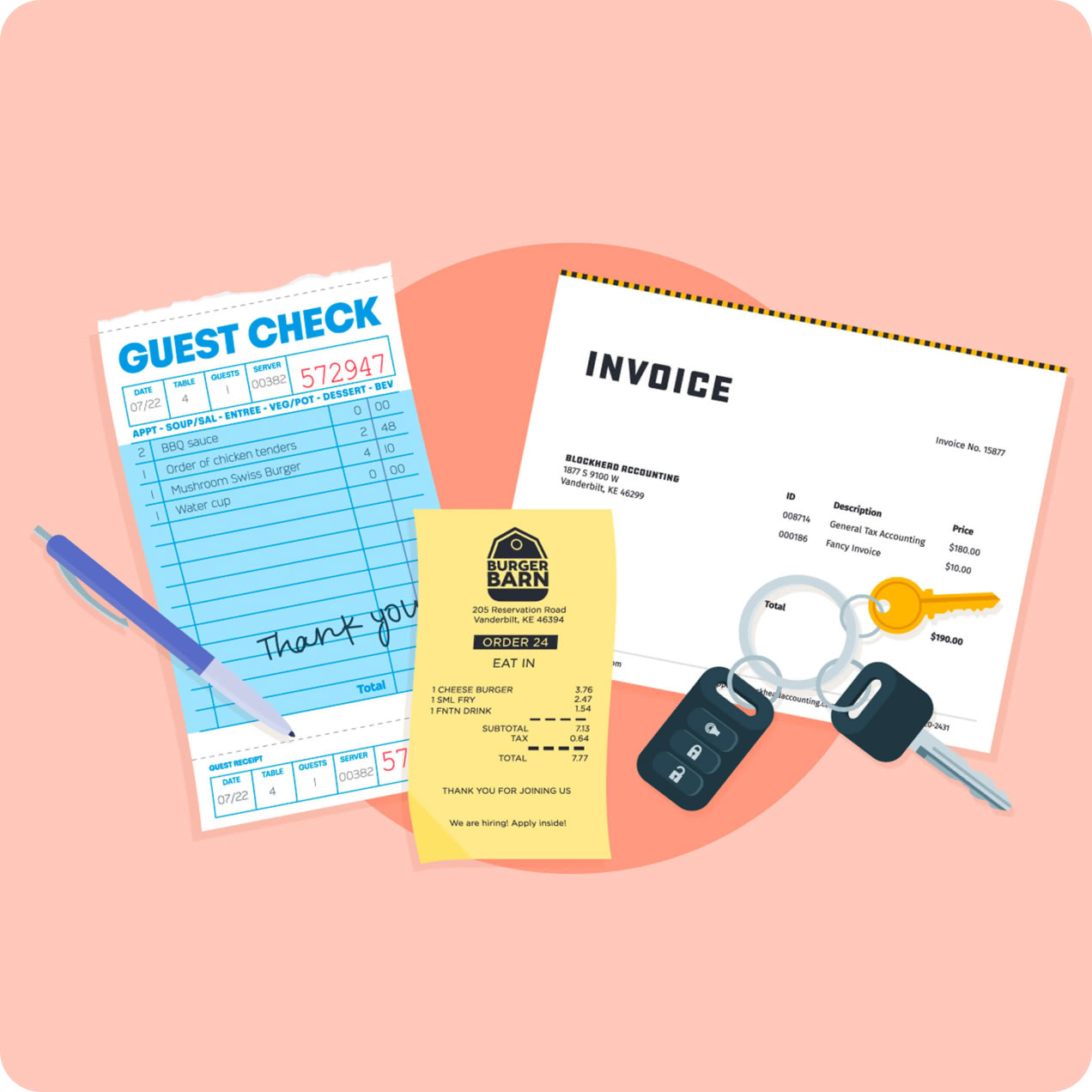
Here's how Advanced Budgeting aligns with curriculum standards in Tennessee. Use the filters to change the location, set of standards, and grade level.
1: Financial Responsibility and Personal Decision Making
Standards
Defined by Personal Finance 9th-12th Grades and align with Advanced Budgeting2: Education, Careers, and Income
Standards
Defined by Personal Finance 9th-12th Grades and align with Advanced Budgeting3: Planning and Money Management
Standards
Defined by Personal Finance 9th-12th Grades and align with Advanced Budgeting3.4: Financial Institutions: Research a variety of financial institutions including digital financial services. Compare and contrast services and products such as checking accounts, savings accounts, certificates of deposits, etc. Identify one service that best supports the student's personal financial goals and craft an argumentative essay supporting the choice. Using a banking transaction scenario, demonstrate an ability to:
Standards
Defined by Personal Finance 9th-12th Grades and align with Advanced Budgeting4: Credit and Debt
Standards
Defined by Personal Finance 9th-12th Grades and align with Advanced Budgeting4.3: Cost of Borrowing: Citing evidence found in credit applications, compare and contrast various types of credit and calculate the real cost of borrowing. Explain factors that can affect the approval process associated with each type. Identify typical information and procedures required in the credit application process. Analyze factors associated with the purchase of an automobile and defend a specific buying decision, including:
Standards
Defined by Personal Finance 9th-12th Grades and align with Advanced Budgeting5: Risk Management
Standards
Defined by Personal Finance 9th-12th Grades and align with Advanced Budgeting